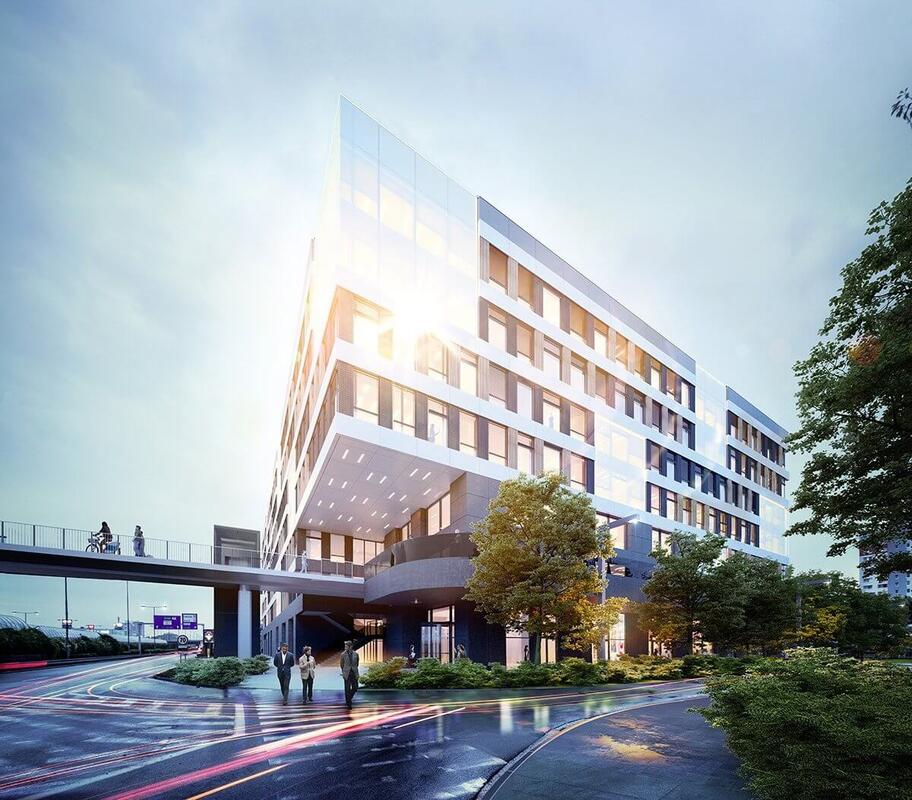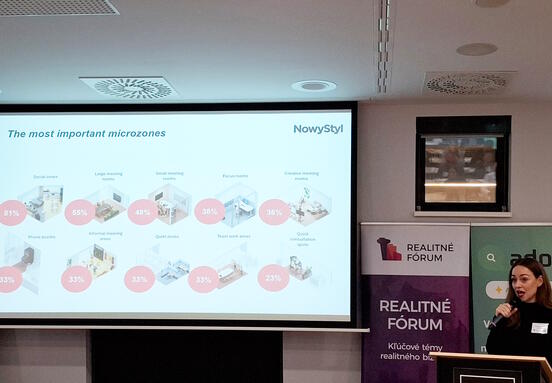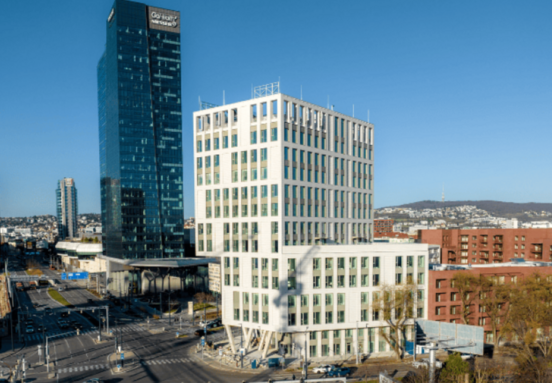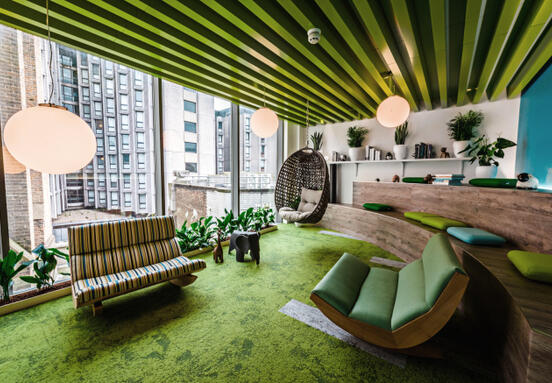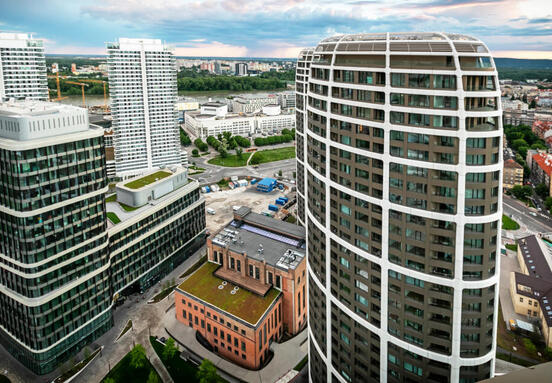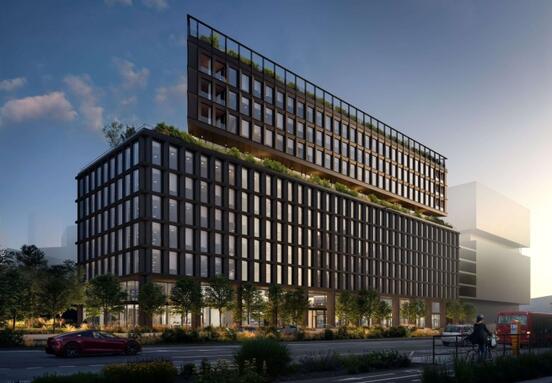According to the developer, there is not even a double-digit number of carbon-neutral office buildings in the LEED system. Corwin intends to add two buildings to this list in the near future - the administrative part of Blumental, completed in 2017 (first phase) and 2018 (second phase) and the Einpark Offices office building, completed in 2020. In the case of the second project, Corwin boasts that These are the most ecological offices in Slovakia. The building has a LEED Platinum certificate.
It plans to continue in this direction, and the Palma district, which is said to be the greenest district in Slovakia, is also planned to be carbon neutral. The investor emphasizes that a high environmental standard can only be achieved with a real emphasis on sustainability. "Above all, it is essential to think about this goal when designing and building," says Erik Fusík, Corwin's project development manager. "That's why we try to make the most of recycled and local materials, so that our buildings are as energy efficient as possible, gain heat and cold using heat pumps or cover their roofs and the whole environment is made up of plants. It is a whole set of measures that ultimately minimize the project's energy requirements. "
In Palma, therefore, the developer wants to come up with a novelty in the Slovak context - some of the office buildings are to be built of wood. The investor reminds that some of his plans do not comply with Slovak outdated standards. Nevertheless, he claims that he does not want to give up this idea and continues to develop it.
Corwin adds that a carbon-neutral building does not mean that the operation of the buildings does without a certain amount of CO2 released into the atmosphere. "The carbon footprint is calculated on the basis of the amount of electricity and fuels consumed during one calendar year," explains Samuel Sůra, CEO of the certification company SALVIS. "There is a value expressed in grams of CO2 per kWh of each energy carrier. There is even a trace left by the building's users when they arrive and leave work. The resulting sum of operating carbon and transport-linked carbon gives the building's total CO2 footprint. This is compensated by the purchase of so-called carbon credits. "
Carbon credits are created by investing in projects and technologies that reduce or absorb the amount of carbon dioxide produced, ie in renewable energy sources or forest planting. The evaluation is repeated every year. The developer points out that tenants can also influence its result, for example by using alternative forms of transport. He therefore recalls that he is trying to create the conditions for their active use.
"Both existing projects, as well as the announced Palma, have excellent public transport connections and can be easily reached on foot. There are also chargers for electric vehicles or areas not only for safe parking of bicycles, but also showers and changing rooms for cyclists, "describes the advantages of E. Fusík. He plans to apply similar principles in Ljubljana, where he has other projects planned - for example, the Vilharia administrative complex from the Scandinavian studio Schmidt Hammer Lassen Architects. At the end of the process, all office properties in Corwin's portfolio are to be classified as carbon neutral.
For a Slovak company, this is a great commitment that should make it a leader in green solutions not only in Slovakia but also in the world. "Although there are a number of companies that want to gradually move towards carbon neutrality in the coming decades, Corwin would be the first developer in the world with a complete LEED Zero carbon-neutral portfolio," says Samuel Sůra. All that remains is to believe that the investor will be successful in this regard.
